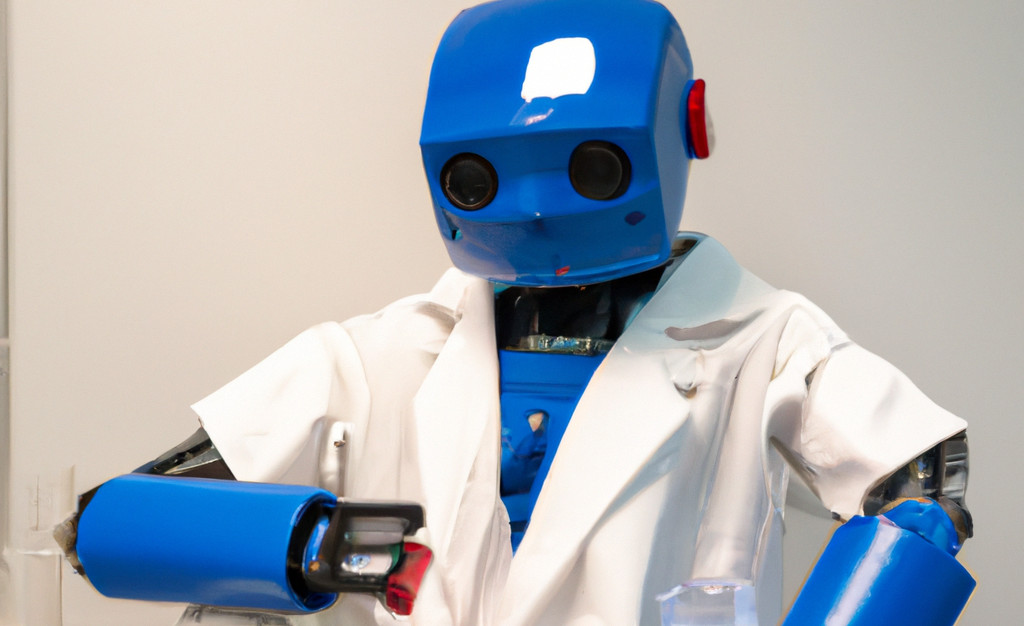Last time I covered several tips on how to launch and operate a Drone CI installation. As promised, I will now reveal my hard-earned secrets on how to build, configure, and monitor DroneCI pipelines!
This assumes pipelines using the Docker runner which is the common use case (and the most useful!)
Each pipeline step can use entirely different container images
Yes, this is implicit with the use of the Docker runner, however, take a...





